Alzheimer’s disease (AD) is a prevalent neurodegenerative disorder marked primarily by β-amyloid (Aβ) deposition and abnormal Tau protein phosphorylation.
Recently, brain organoids have emerged as essential advanced 3D culture models in studying AD pathogenesis. However, effectively simulating Tau-related pathological changes within these models is a significant challenge for researchers.
To solve this issue, ACROBiosystems has developed a novel AD modeling method using Tau Pre-formed Fibrils (PFFs), successfully inducing abnormal Tau phosphorylation in ready-to-use brain organoids (Cat. No. CIPO-BWL002K).
Freezing and thawing tests confirmed the post-thaw stability and usability of these cryopreserved brain organoids (Cat. No. CIPO-BWL001KC). ACROBiosystems high-quality brain organoid products support various experimental needs, providing stable and reliable resources for neurodegenerative disease research.
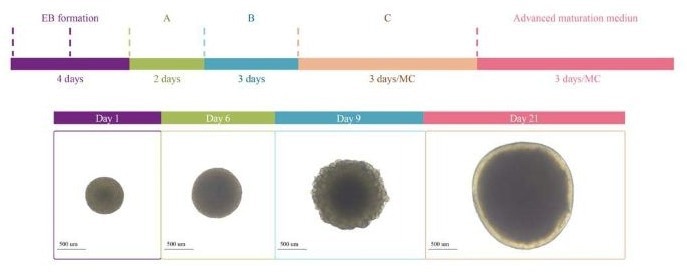
Figure 1. Protocol Diagram of Brain Organoid Differentiation. Image Credit: ACROBiosystems
Establishment of an AD model induced by Tau PFFs
p-Tau181 antibody validation: Ensuring detection reliability
Phosphorylated Tau-181 (p-Tau181) is a variant of Tau protein phosphorylated at threonine 181. Excessive elevation of p-Tau181 is closely linked to AD progression, and serves as an early biomarker for clinical diagnosis and research.
The brain organoid models were tested using the SH-SY5Y cell line to ensure high specificity and sensitivity in detecting p-Tau181. SH-SY5Y is a human neuroblastoma cell line, known for its strong neuronal differentiation potential. It is ideal for verifying antibody specificity and functionality.
Immunofluorescence staining on treated SH-SY5Y cells using the p-Tau181 antibody (Cat. No. PT1-Y2073) showed clear labeling of intracellular p-Tau181 phosphorylation signals, exhibiting bright green fluorescence with uniform distribution and strong specificity.

Figure 2. Immunofluorescence Staining of p-Tau181 Antibody in SH-SY5Y Cells. Image Credit: ACROBiosystems
Effects of Tau PFFs on brain organoid morphology
To replicate the pathological changes in abnormal Tau phosphorylation, ready-to-use brain organoids (Cat. No. CIPO-BWL002K) were co-cultured with 100 µg/mL Tau PFFs (Cat. No. TAU-H5113).
Tau PFFs were then added to the organoid culture medium, with media changes every five days.
Bright-field imaging on day five post-treatment showed partial cell detachment around the organoids, which indicated successful Tau PFF infection accompanied by cell death.
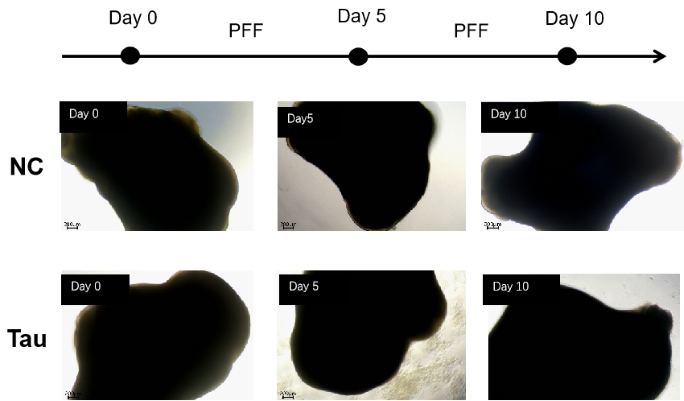
Figure 3. Tau PFFs-induced cell death in brain organoids. Image Credit: ACROBiosystems
Tau PFFs induce changes in brain organoid pathological marker expression
Immunofluorescence staining showed that the Tau PFF-treated brain organoids exhibited increased expression of p-Tau181 compared to the control group.
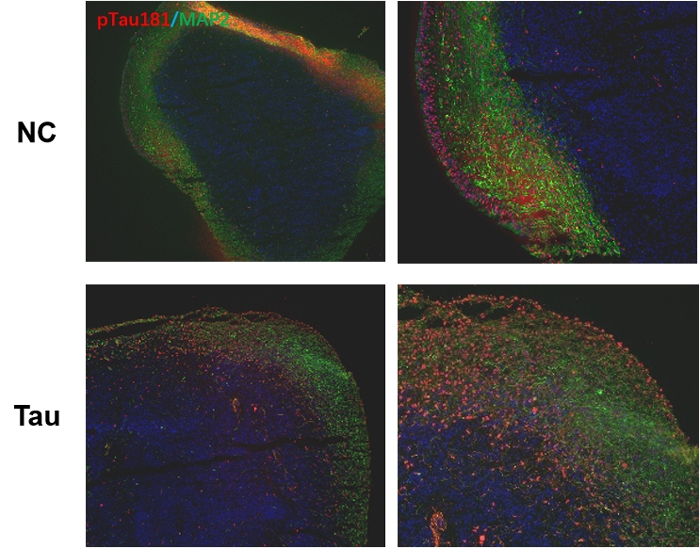
Figure 4. Immunofluorescence staining of p-Tau181 in brain organoids treated with Tau PFFs. Image Credit: ACROBiosystems
The red fluorescence signal shows elevated p-Tau181 levels both inside and outside the brain organoids, suggesting inducement of abnormal Tau phosphorylation had occurred.
Further testing of 10 µg/mL and 100 µg/mL Tau PFFs showed that higher concentrations enhanced the fluorescence signal of AT8 (p-Tau Ser202, Thr205), substantially, while MAP2 (a neuronal marker) displayed a weakened outer-layer signal and a progressively enhanced inner-layer signal at higher Tau PFF concentrations.
These findings indicate that Tau PFFs not only induce abnormal Tau phosphorylation but also affect neuronal morphology and distribution.
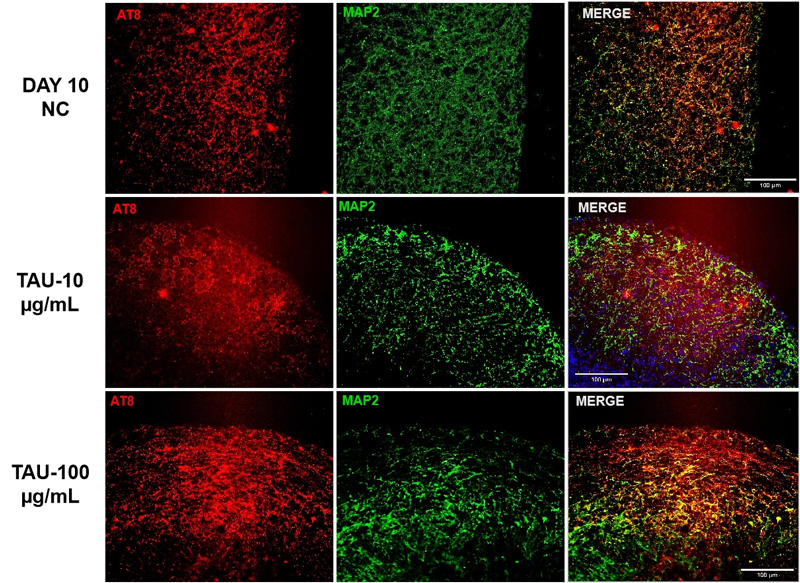
Figure 5. Immunofluorescence staining of AT8 and MAP2 in brain organoids treated with different concentrations of Tau PFFs. Image Credit: ACROBiosystems
Freezing and thawing test of brain organoids: Ensuring stability and functionality
Cryopreservation and recovery are crucial for the long-term storage and application of brain organoids. The success of post-thaw recovery directly impacts experimental feasibility, data reliability, and model reproducibility.
To evaluate the recovery efficiency of cryopreserved brain organoids (Cat. No. CIPO-BWL001KC), systematic recovery tests were conducted to assess structural integrity and marker expression stability.
Freezing and thawing protocol
Following cryopreservation, brain organoids were rapidly thawed in a 37 °C water bath and then transferred to recovery medium (Cat. No. RIPO-BWM003) for static culture for two days to restore their initial state.
Once stabilized, the organoids were moved to a shaker for further recovery. Morphological observations and immunofluorescence staining were performed to comprehensively assess organoid quality post-thaw.
Assessment of post-thaw cryopreserved brain organoids: Morphological integrity
Brain organoids that had been cryopreserved for one week were examined at 24- and 48-hours post-thaw. Results showed that the recovered organoids maintained a well-defined structure with clear edges, exhibiting no significant cell death or edge blurring.
These results show that cryopreserved organoids can effectively retain cellular integrity even after recovery.

Figure 6. Morphological observation of brain organoids post-cryopreservation recovery. Image Credit: ACROBiosystems
Assessment of post-thaw cryopreserved brain organoids: Marker expression
To further test whether recovered brain organoids preserved key neuronal functions, immunofluorescence staining was performed to assess the expression of MAP2 (a neuronal marker) and TH (a dopaminergic neuron marker).
The results demonstrated stable expression of these key markers with uniform signal distribution, suggesting that the neural network structure and functional properties of the organoids were well-preserved during cryopreservation.

Figure 7. Immunofluorescence staining of brain organoids post-cryopreservation recovery. Image Credit: ACROBiosystems

Image Credit: ACROBiosystems
Conclusion
Researchers successfully simulated abnormal Tau phosphorylation by using Tau PFF treated brain organoids. This enabled the replication of key AD properties, providing a novel tool for AD research.
Testing of the stability and usability of cryopreserved brain organoids post-thaw further confirmed that these organoids can serve as a reliable model for AD research and broader neuroscience applications.
ACROBiosystems offers comprehensive Organoid Toolbox solutions with advanced technology and expertise services, including iPSC-derived ready-to-use organoids, cryopreserved organoids, organoid differentiation kits, and customized organoid services.
Their solutions help to support breakthroughs in disease modeling, drug screening and safety evaluation, driving innovation in biomedical research.
About ACROBiosystems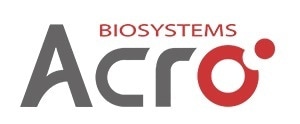
ACROBiosystems is a cornerstone enterprise of the pharmaceutical and biotechnology industries. Their mission is to help overcome challenges with innovative tools and solutions from discovery to the clinic. They supply life science tools designed to be used in discovery research and scalable to the clinical phase and beyond. By consistently adapting to new regulatory challenges and guidelines, ACROBiosystems delivers solutions, whether it comes through recombinant proteins, antibodies, assay kits, GMP-grade reagents, or custom services. ACROBiosystems empower scientists and engineers dedicated towards innovation to simplify and accelerate the development of new, better, and more affordable medicine.
Sponsored Content Policy: News-Medical.net publishes articles and related content that may be derived from sources where we have existing commercial relationships, provided such content adds value to the core editorial ethos of News-Medical.Net which is to educate and inform site visitors interested in medical research, science, medical devices and treatments.